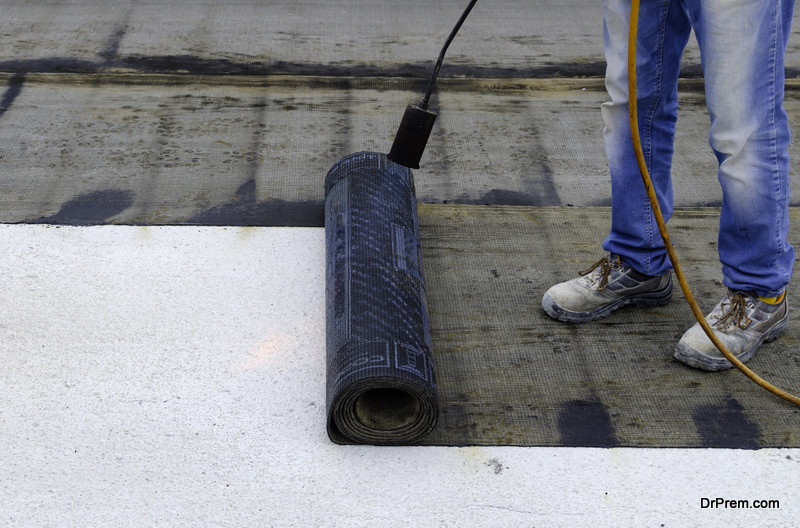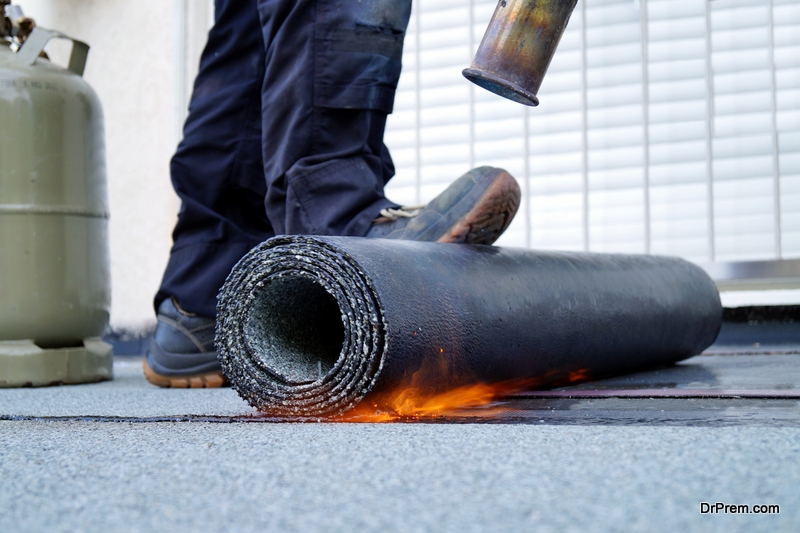Roofing is a sensitive project while considering the property’s architecture, durability, and other factors. It is also done while renovating an old home to upgrade it. Different materials can be used for the project regardless of whether it is a new roof or a renovation.
Rolled Roofing
It is a cheaper alternative roofing material used temporarily on non-residential structures. Rolled roofing comes packed in rolls and is less durable and thinner than regular roofing materials. Constructors 911 in St. Louis say it is often used for repairing damaged roofs and can be rolled over existing roofs. The ma
But, if the roofs are in pretty bad conditions, rolling the material over them is not a good idea. Firstly, it can leave ugly bumps when rolled over such roofs. And, because the material is quite heavy, the existing material, when overly damaged, cannot withhold the weight of the rolled roof.
Another time the rolled roof cannot be layered over another roof is when there are two layers of the existing materials. In such instances, you should remove the existing layers before rolling the new roof.
In some regions, rolled roofing is banned or has special rules set for its use. Consider checking with your area code to see conditions for using the roofing material.
Benefits of Using Rolled Roofing Over Rolled Roofing

There are many reasons property owners use this material for roofing. Some of them include:
1. It is Cheap
Some property owners may have a low budget that cannot purchase asphalt shingles to repair their non-residential roofs. With this material, they do not have to stress about spending the equivalent amount.
Rolled roofing is a cheap option, and one can hardly hurt their budget with this option. Also, installing it is super easy, and contractors do not ask much. Actually, most homeowners install them in DIY projects with the help of their friends.
2. Quick Installation
Unlike shingles, where the contractor has to lay each at a time, rolled roofing is quick to install. It comes in rolls, and the contractor only has to fix it from one point and then roll it over the area they want to be covered.
Besides, installing this material does not require removing the existing one, as long as it is in good condition. Typically, the time that could have been used to remove the old material is also reduced.
3. Used in Low-Inclined Roofs
Property owners can find it challenging to find materials compatible with low-sloped roofs. Luckily, you can use a rolled roof for the work. The minimum slope declination you can use with this material is 1 inch for every 12 horizontal inches.
There is a catch, though. For such low pitches, concealed nailing must be done to fasten the roof.
4. Easy to Transport
You do not have to use professional transporters to transport this material. Because it comes rolled while new, no special tools are needed for handling. With your private truck, you can transport it to where your project is and start installing.
5. Easy to Repair
It can take a while to note a roofing material is damaged. Often, it takes a while, and when we realize it, mold and mildew would have started growing. But, with rolled roofing, it is easy to identify and repair before the mess occurs.
Identifying it is easy because an imperfection in the smooth and continuous material stands out.
Disadvantages
With so many benefits to enjoy from this roofing material, it also has its shortcomings. They include:
1. Not Durable
If you are looking for a roofing material that will serve you for long, sorry, but it is not the best option. Rolled roofing has a short lifespan, about 10- 15 years.
2. They Are Not Aesthetic
You cannot rely on rolled roofing for your property’s curb appeal. It comes with limited color options. Also, since it is a roll, it does not have a provision for design options.
If it is your first time using rolled roofing, it can be confusing about how to roll it and whether it is worth trying. Provided your area code does not have a problem with it, you can consider it for your non-residential property.
Article Submitted By Community Writer




